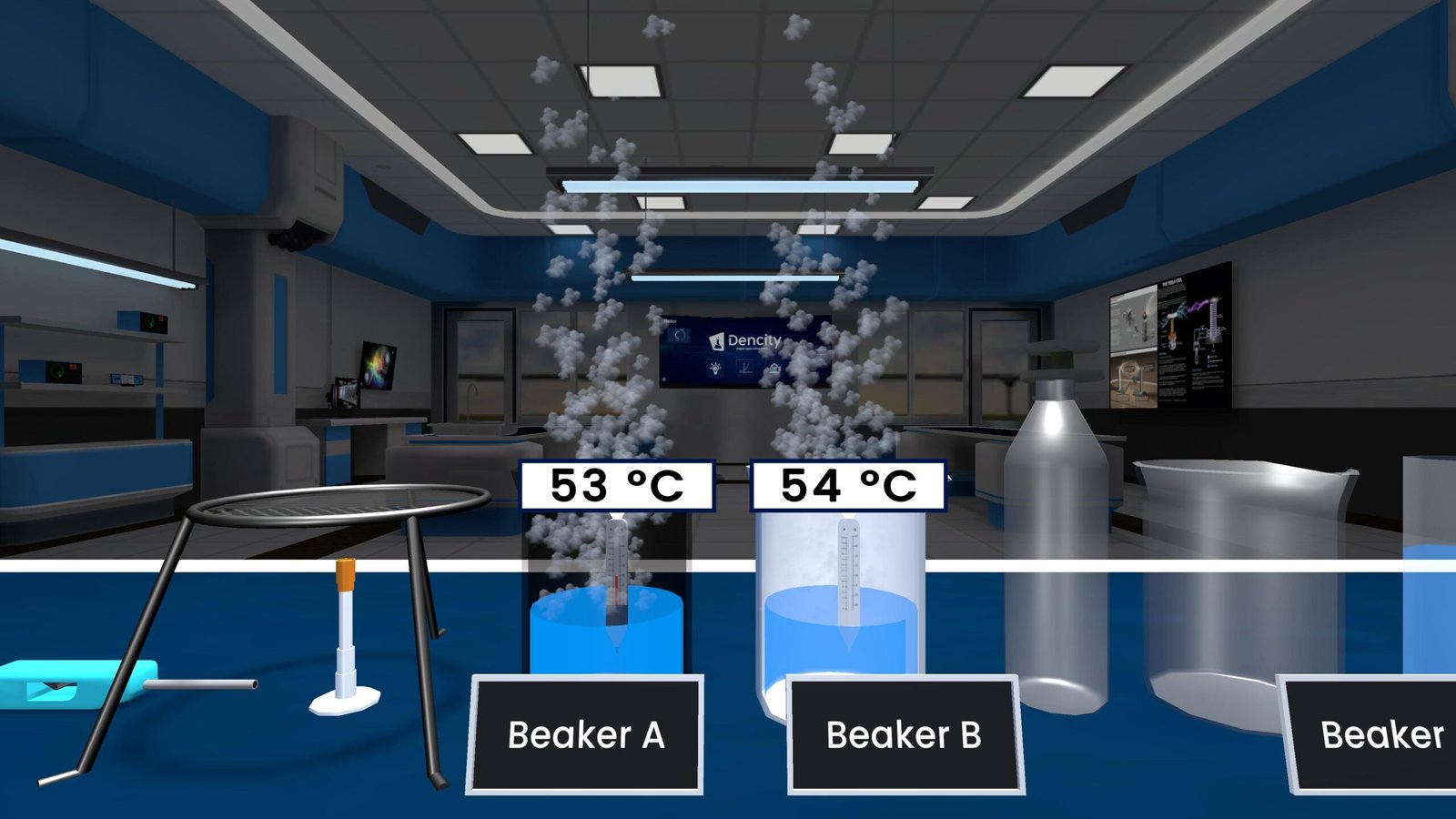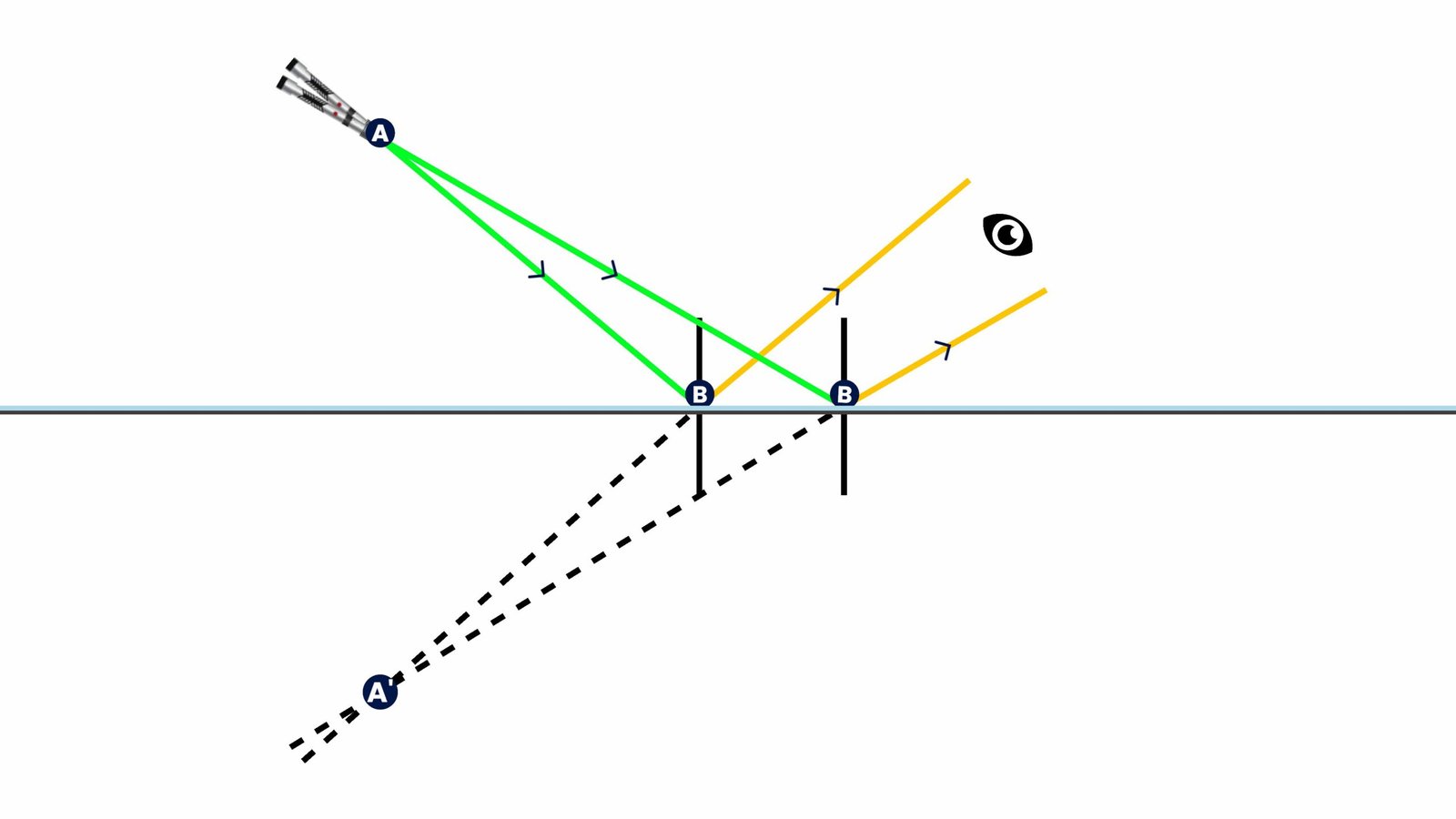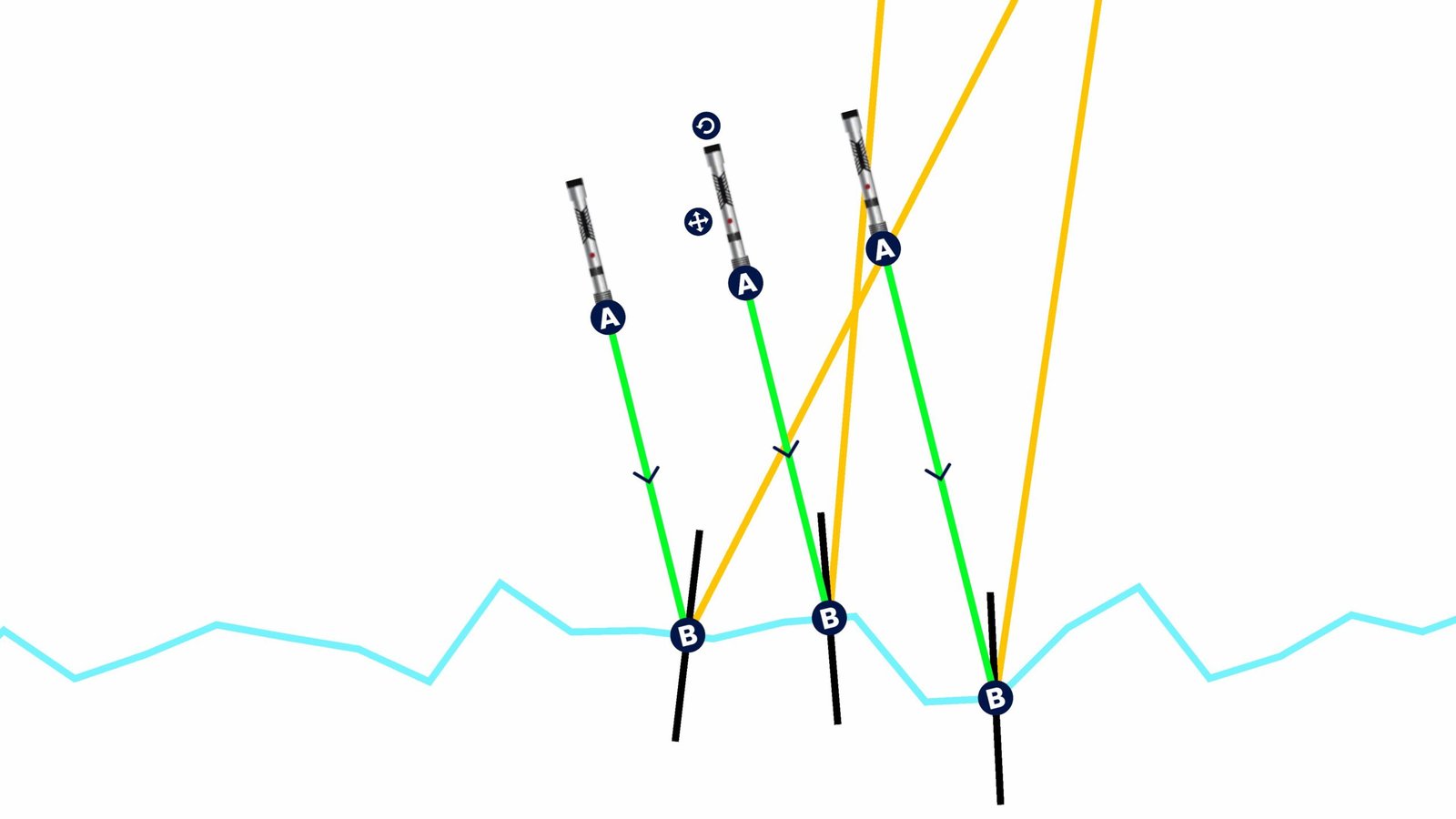Double Displacement Reaction: Formation of Barium Sulphate Precipitate
A double displacement reaction involves the exchange of ions between two ionic compounds in aqueous solutions, resulting in the formation of two new compounds. Typically, one of the products is a precipitate, gas, or water. This reaction is a key concept in chemical analysis and separation techniques.
Theory for Class 10 Science
In this experiment:
- Sodium Sulphate (Na₂SO₄) is mixed with Barium Chloride (BaCl₂).
- Ba²⁺ ions from BaCl₂ combine with SO₄²⁻ ions from Na₂SO₄ to form Barium Sulphate (BaSO₄).
- BaSO₄ is insoluble in water, so it precipitates as a white solid.
- The remaining Na⁺ and Cl⁻ ions remain in the solution as Sodium Chloride (NaCl).
Balanced Chemical Equation:
Na₂SO₄ (aq) + BaCl₂ (aq) → BaSO₄ (s) ↓ + 2 NaCl (aq)
This is a classic double displacement reaction where BaSO₄ is the insoluble precipitate.
Real-Life Applications
- Testing for sulphate ions in laboratory experiments.
- Used in wastewater treatment to remove unwanted ions.
- Barium Sulphate is used in X-ray imaging of the digestive system due to its opacity to X-rays.
Observations from the Experiment
- A white precipitate of BaSO₄ forms instantly.
- The reaction is irreversible due to the insolubility of the precipitate.
- More concentrated solutions yield more precipitate.
- No reaction occurs if one of the reactants is missing.
Summary Table
| Reactants | Products | Observation |
|---|---|---|
| Na₂SO₄ + BaCl₂ | BaSO₄ + NaCl | White precipitate of BaSO₄ forms |
Explore Double Displacement Reactions with Dencity
With the Dencity virtual science lab, students can observe and perform this reaction safely:
- Mix different salts and observe precipitate formation.
- Simulate concentration changes to see how they affect the result.
- Understand ionic exchange and reaction irreversibility.
This experiment is part of the Class 10 Science curriculum and available on Android, iOS, and desktop through the Dencity app.
Dencity for Teachers
Empower your classroom with interactive teaching tools:
- Conduct live virtual double displacement experiments.
- Assign experiments with auto-evaluation and detailed analytics.
- Use visual tools to explain ion exchange, precipitates, and solubility rules.
- Guide students through step-by-step reaction simulations.
Compatible with Interactive Classroom Panels
Dencity is built to work on touch-enabled classroom panels, making it easy for students to drag compounds, mix solutions, and observe outcomes interactively.
Request a Demo or Custom Pricing
Interested in bringing virtual chemistry to your school? Contact us today for a free demo and to get custom pricing based on your educational needs.
Frequently Asked Questions
- What is a double displacement reaction?
It’s a reaction where two compounds exchange ions to form two new products. - Why does BaSO₄ form a precipitate?
Because it is insoluble in water. - Is this reaction reversible?
No, due to the formation of a solid precipitate. - What happens to NaCl in the reaction?
It remains dissolved in the solution. - How can I see this in Dencity?
You can perform it virtually with real-time visuals. - Is this in the Class 10 Science syllabus?
Yes, it’s a part of the chemical reactions and equations chapter. - Can I change concentrations in the app?
Yes, and you can observe how precipitate amount changes. - Does the app support mobile devices?
Yes, it runs on Android, iOS, and desktops. - Can this be assigned as homework?
Yes, with auto-marking and progress tracking. - How do I get started with Dencity in my school?
Contact us for a free demo and custom quote.







